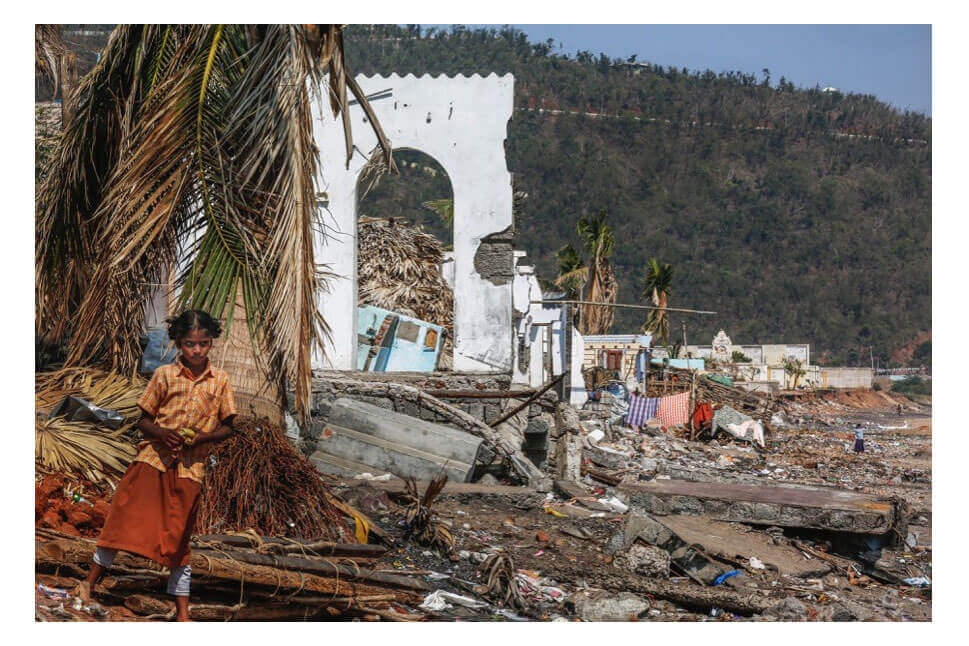25% of Indian urban population lives in informal homes despite ongoing housing schemes

Although Indian officials intend to meet the deadline to provide housing for every citizen by 2022, numerous low-cost homes are vacant across India at present. Analysts comment current housing phenomenon indicates critical shortcomings in government policy.
Nearly 164,000 low-cost homes built under previous schemes are empty, according to a housing ministry official, who asked not to be named due to an anonymity.
He continued:
"There is a process to allot them [housing resources], and that takes time. We have been pushing state governments to allot these homes at the earliest, and we are focused on meeting the mission target."
The Housing for All Mission with a deadline of 2022 has been launched in 2015 by Narendra Modi, India’s Prime Minister. This policy plans to build 20 million urban housing units and 30 million rural homes.
According to housing ministry data, over 800,000 units have been completed this year and about 2.8 million homes are in different stages of construction.
Although the program claims to provide subsidised loans, it bypasses homeless people who cannot afford the mortgage payments.
The Director of the Centre for Equity Studies said:
"Those who really need these homes cannot afford them, and those who can afford them don't want them. So the programme doesn't serve its purpose. A far more effective solution would be affordable rental housing."
The amount of urban population living in informal housing is set to rise. Many people leave their villages every day to look for better prospects in cities.
An affordable home is usually located in the suburbs of the city where it has cheaper land with a size of about 250 square feet (23 square metres). It can cost up to 1.2 million Rupees (£13,200).
Anuj Puri, Chairman of Anarock Property Consultants said:
"A significant number of them [homeless people] are in areas which lack the necessary support infrastructure - most importantly transport. One way to ensure these homes are occupied is to rapidly deploy the support infrastructure in these areas. These homes will deteriorate if they lie unoccupied much longer."
Another way to solve the problem is that government agencies can free up surplus land they own for affordable housing.
According to a comment made by India’s top court earlier this year, officials should consider converting empty government properties in the cities into homeless shelters.
India is not the only country dealing with this issue: Tens of thousands of homeless people in the Philippines have moved into empty government housing.
If you’d like to stay informed on the latest updates in aid and development, please sign up for the AIDF newsletter.
Image credit: UN















